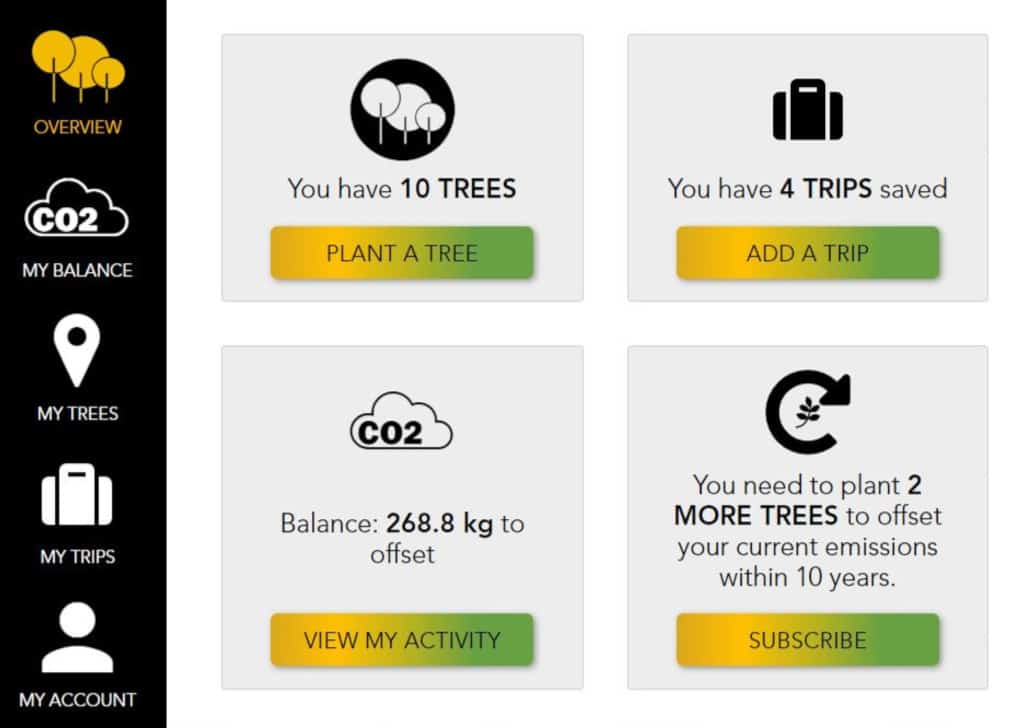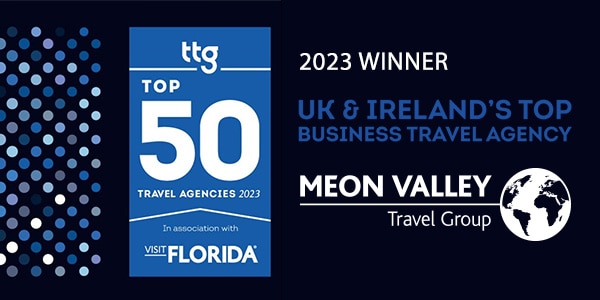Only a decade ago, few even considered how to reduce their carbon footprint when travelling and there were not many ways to do so. Thankfully, things have changed and there is now no excuse for going through travel policies in detail to see how you can reduce your impact on the planet. Here are a few suggestions.
1. Measure Your Organisation’s Business Travel Carbon Footprint
This is an obvious starting point and should be part of any trip decision. A carbon calculator can measure and compare journeys by air, rail and car. Flights account for 90% of business travel emissions, so these should be first on the list for anyone setting reduction targets. A simple calculator such as that found on Myclimate.org will work out flight emissions according to which class travel is in.
2. Fly Economy Class
It will disappoint frequent fliers, but business class travel is less sustainable than economy. A big lie-flat seat is in itself a hefty weight, which adds to fuel burn. Moreover, the space it takes up could be used to fit more economy passengers – the denser the seating layout, the less impactful the flight. It will upset senior managers, but if they want to be seen to be more sustainable, they should perhaps set an example and downgrade to premium economy or even coach.
3. Avoid Stopovers
Airliners burn a disproportionate amount of fuel during take-off and consume even more queuing for the runway, so any journey that includes a stopover is not as sustainable as one that is non-stop. As a rough guide, a Boeing 737-800 flying 1,500 nautical miles uses 20% of its fuel load to taxi, take off and reaching cruising altitude. The fuel burn of long-haul aircraft is naturally much higher.
4. Use Sustainable Accommodation
Hotels can no longer claim to be sustainable just because they’ve done away with single use miniature shampoo bottles, it now goes deeper. Marriott’s Serve360 sustainability programme, for example, has clear targets for reducing water usage, carbon, waste and food waste by 2025 from a 2016 baseline. Remember, feedback to the property on how they can do things better (such as not having the aircon on full blast on arrival) counts for a lot from corporate travellers.
5. Choose a Carbon Offsetting Partner
Offsetting is not the solution to climate change, but it’s one of the best tools we have currently. Some offsetting schemes are more quantifiable than others, so it pays to shop around. Meon Valley Travel uses Trees4Travel, which provides a dashboard displaying trips measured against emissions and the number of saplings required to counter them. Tree4Travel also calculates ground transport emissions.

6. Virtual Meetings
Pre-Covid, video technology was often restricted to that massive screen in the conference room. You could be forgiven then for acting differently on video calls than you did in person, but now we’re all practised at Zoom, there’s no reason not to feel relaxed with virtual technology. Working from home and using video calls has made us all come across as more rounded human beings, which helps when building business relationships. The advice, then, is to forge that relationship using video technology and cement it in person later.
7. Use Low-emissions Providers
Two-thirds of all London’s black cabs are now zero-emission capable, and a third of the capital’s fleet is electric. Other cities are making similar strides, so it is possible to seek out providers globally that offer low-emission options. One such is Free Now, an app-based ride-hailing service that covers everything from limousines to e-scooters and which aims to provide an electric option in every location.
8. Take Public Transport
As sustainability becomes more of an issue, the days of business travellers expressing disdain for buses and trains should start to be a thing of the past. Public transport is not just good for the planet, it’s often better for the traveller – going from long-haul flight straight into a car doesn’t stretch the muscles or give you the fresh air your body needs. Consider it now and then – it’s really not as bad as it sounds.
9. Create a Green Travel Policy
There are now myriad options available that will help develop a green travel policy. So many, in fact, that it needs experts to sift through them and find those that really are sustainable. Your TMC is the expert here, and at Meon, we’re here to help you build sustainability into your travel policy and to ensure adherence. Talk to us!
To find out more about how Meon can help you meet your sustainability goals please contact us by email at [email protected] or by telephone 0116 264 5270.






